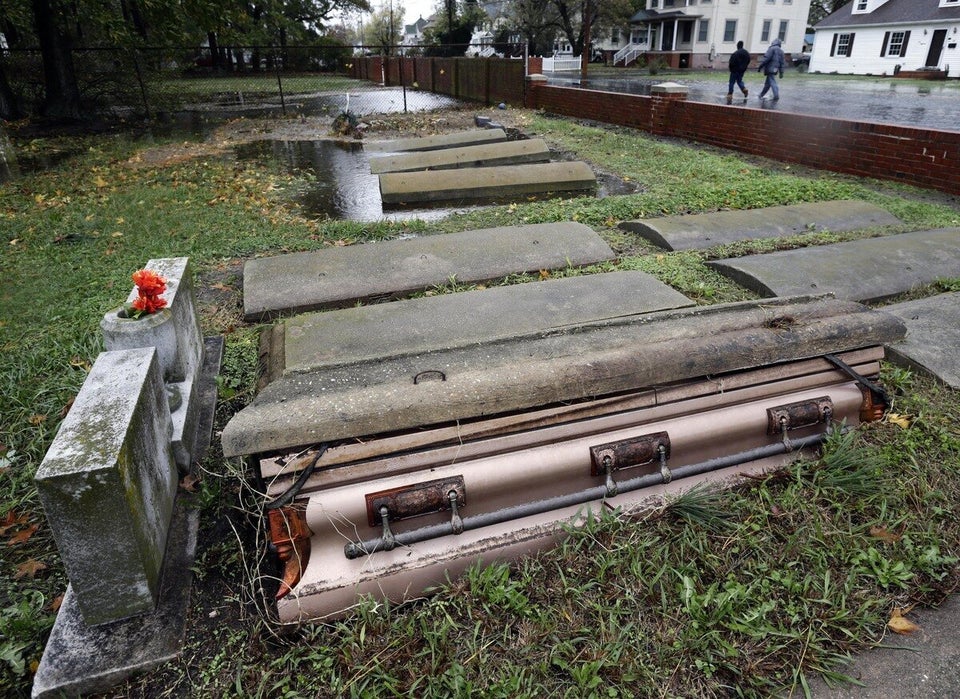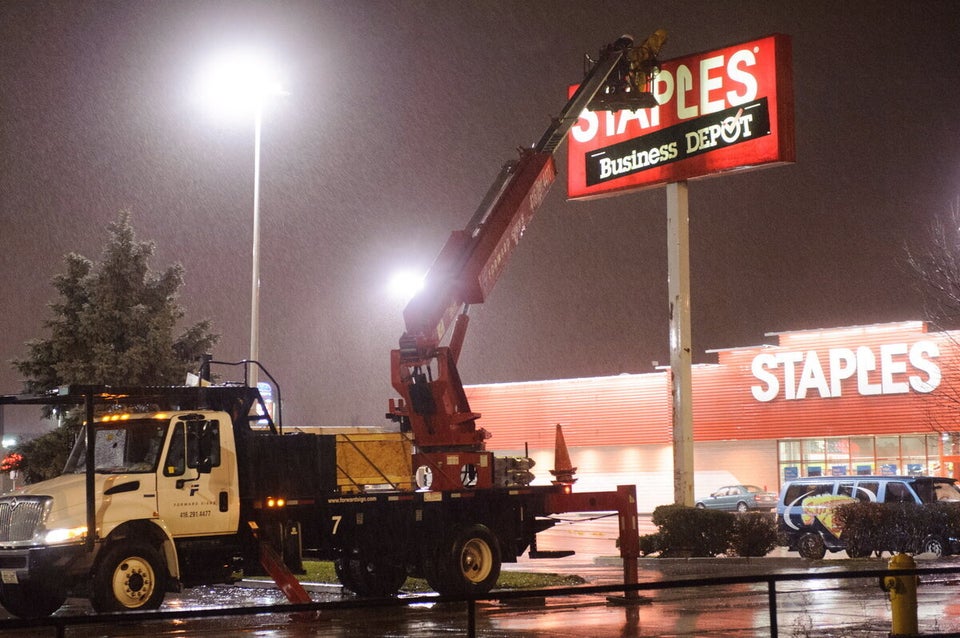
The historic storm that's sweeping across the eastern part of North America is the most significant weather event to impact the travel industry since the eruption of an Icelandic volcano in April 2010.
Sandy, the hurricane-turned-post-tropical cyclone, will be responsible for the grounding of more than 20,000 flights and the loss of millions of dollars in revenue for a North American tourism industry that has not faced a massively disruptive weather event this year. In contrast, the eruption of Eyjafjallajokull grounded 17,000 flights on the day after its eruption and forced the cancellation of more than 180,000 flights from April 15-20, 2010. The Canadian airline industry lost $4 million a day during that disaster and the global travel industry incurred more than $10 billion in losses.
Sandy's impact will not be nearly that severe.
BLOG CONTINUES BELOW SLIDESHOW
For one thing, the storm was forecasted days in advance, whereas the volcanic eruption and the ash cloud that followed were unpredictable and unprecedented. With Sandy, the transportation industry and its passengers had time to make contingency plans and issue warnings. Days before the storm made landfall, airlines in the United States began waiving their re-booking fees for passengers who wanted to change their flight reservations. Fortunately, the storm has occurred in one of the slowest travel periods of the year. U.S. Thanksgiving is three weeks away while ski season has yet to get into full swing. Sandy will curtail Halloween plans, but that holiday isn't one that gets people travelling (although you should make it a point to attend the annual Greenwich Village Halloween Parade in New York City once in your life).
Last week, Global Business Travel Association predicted Sandy would cost the travel industry up to $606 million in spending "due to storm-related cancellations." That projection was made when the storm was expected to hit landfall as a Category three hurricane. The damage it is causing is devastating, but it is not nearly as bad as the worst estimates. In fact, a lot of the travel industry is up and running less than 24 hours after the storm forced a standstill.
The Toronto City Centre airport was shut down on Monday night for the first time since Porter Airlines took up residence there in 2006. Several factors -- including wind speed and wind direction -- are taken into account before regulations force the closing of an airport, Porter's communications manager Brad Cicero told Vacay.ca.
"It's the only time we've seen all of those circumstances happen at the same time in our six-plus years," Cicero said. Wind speeds were near 100 kilometres per hour in Toronto on Monday night, forcing more than 300 flights to be cancelled at the City Centre airport and 357 to be grounded at Pearson International Airport. But by early Tuesday afternoon Porter was back with its regular service to all destinations but three -- Boston, Washington, D.C., and Newark, New Jersey. "And we expect some flights might be headed into Newark possibly before the end of the day," Cicero said.
Service between Toronto and Montreal is back for airlines, buses and rail travel, and the worst of the storm appears to be passing through the worst hit areas of eastern Canada. While Sandy has ravaged the U.S. east coast and been responsible for almost 40 deaths in Canada and the U.S., it appears the storm's disruption for travellers will be far less debilitating than predicted.

